The world of composting is exciting, diverse, and a bit daunting for the new gardener. Fancy composting bins are sold at most hardware stores, and there is so much science to sift through from experienced gardeners to help you optimize the process. There is worm farming, ratios, and special thermometers. Most of the time when I mention it to someone who has never tried it before I either hear that it sounds confusing or that they don’t want the smell. I get it.
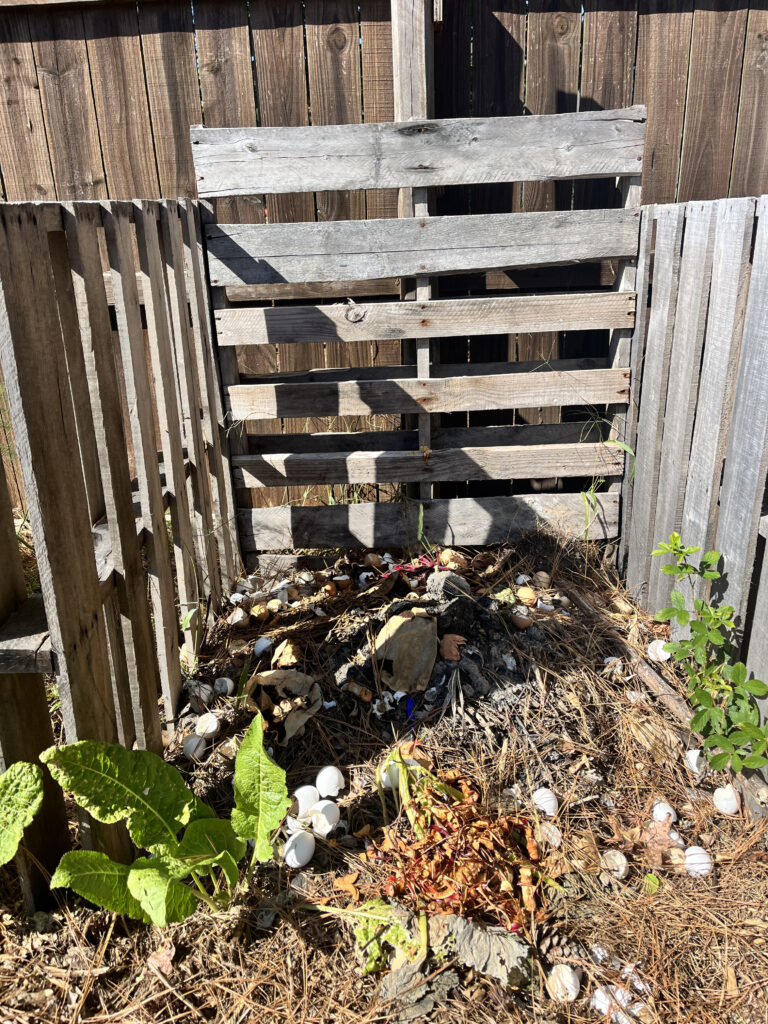
I am a self-proclaimed lazy composter. There are a few basic rules that I follow, the first of which is to keep it simple. Throw the appropriate food scraps on the pile. Cover the food scraps with a layer of organic material. Turn it when I remember. Repeat. It’s really that simple. This is the end of this blog.

I’m joking. First of all, why compost? If you’re just getting into the world of gardening, you will soon discover that soil amendments are pricey. Compost is rich in the vital nutrients your garden needs to thrive. It is freshly broken-down organic materials, and it is full of life. Most plants cannot grow in dead soil. They need that thriving, vast ecosystem to plug into. You can buy bags of compost at most hardware stores. You can also get it by truck loads or trailer loads from other places. For people with larger gardens, this is often the best option. For the small backyard gardener, it makes more sense to just start a little pile of your own!
Does it stink?
The short answer is no, a working and functional compost pile does not stink. This is not a heap of trash lying in the back corner of your yard. Compost is organic material that is being broken down by helpful bugs, worms, and that vast microbiome we talk about in the Time to Build a Garden post. Now, it’s important to remember that you need to layer other things in your compost other than food scraps, otherwise, it will stink. Just like our no till garden, we are always layering. With proper layering, your neighbors won’t even know it’s there.
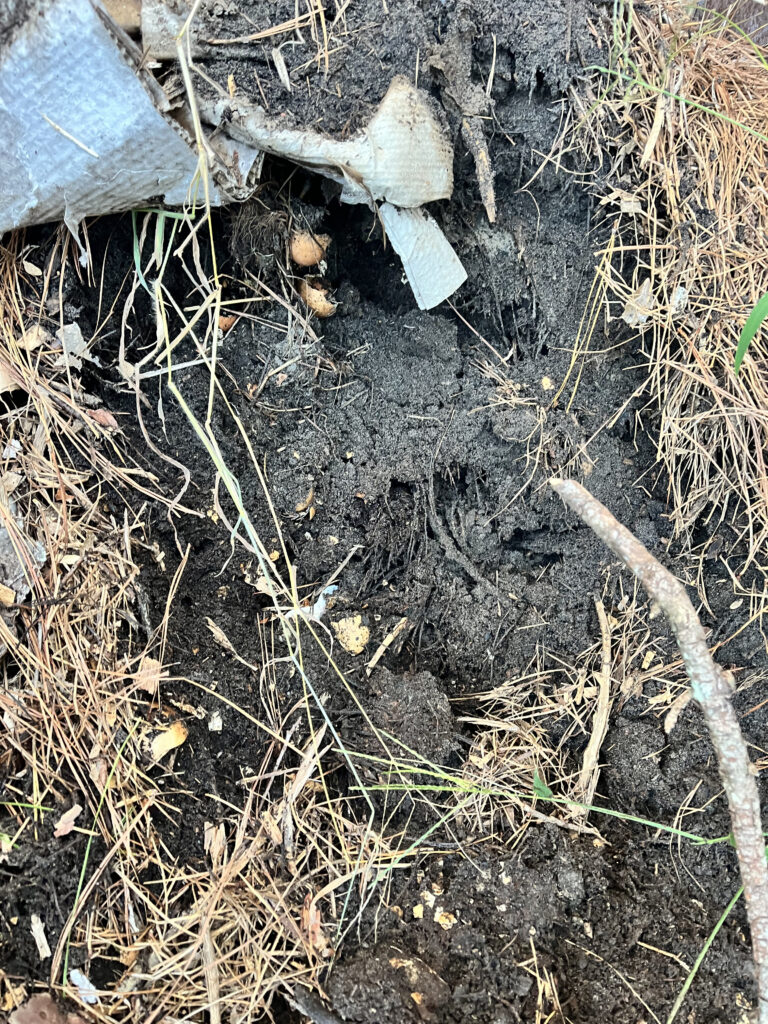
Will there be bugs?
Yes, so many bugs. However, it isn’t what most people picture. Side note, if you’re getting into gardening, you’ll want to get used to bugs. Don’t let that scare you, though! It took me some time to come around to this one. Your compost pile isn’t going to be harboring swarms of nasty house flies or maggots. There will very likely be those pesky fruit flies, but they aren’t a huge nuisance like the ones that invade the inside of our homes. They stay pretty contained to where the food is. Most of the bugs, however, will be inside the compost and that’s what you want. Their presence is evidence of a healthy pile.
What goes in a compost pile?
Organic material. Most food scraps, coffee grounds, eggshells, grass clippings, leaves, sawdust, soil, ash, and garden waste to name a few. I keep a small container on my counter with a tea towel over it and throw my food scraps in there to be tossed on the compost pile in the evenings. Outside, you’ll want material available to throw on top of the food scraps. Like I mentioned before, this keeps your pile from stinking and helps you avoid the more undesirable bugs. Avoid throwing grains or anything made with grains, meat, or dairy on your compost pile for now. That is for level expert composting, and we are lazy composting right now. Keep it simple, my friends.
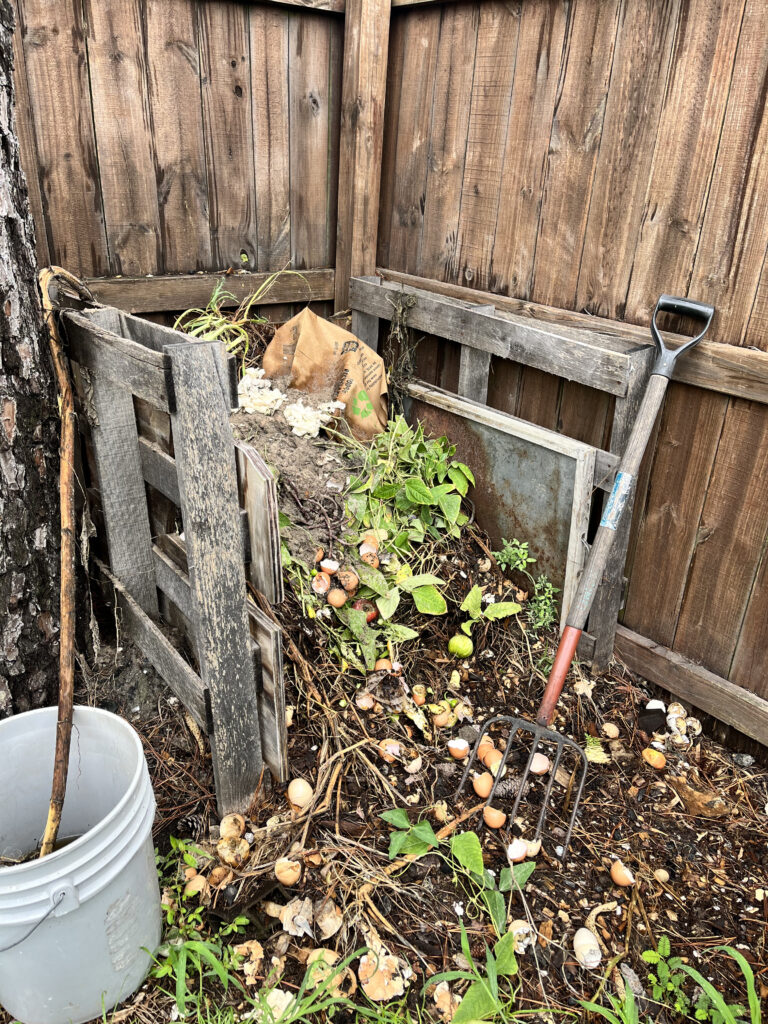
Remember brown and green
When you are throwing organic matter on your compost pile, you want to keep brown and green in mind. You want to try and get a decent ratio of green vs. brown material. Green material includes your food scraps, grass clippings and garden waste. Brown material would be material like soil, woodchips, or sawdust. The more exact you can be with these ratios, the more optimal your compost pile will function. However, for the sake of the lazy composer, just keep it in the back of your mind and try to maintain a bit of variety.
How to get started
Pick an area approximately 4’x4’ in a back corner of your yard. Ours is in the back corner of our garden. Do not have it against your house or a shed unless you enjoy having problems. You can add some wood panels around it if you want to keep it contained or somewhat hidden as well. We have 3 panels surrounding ours that work quite well. Make sure you have brown and green organic materials available to toss on top of your food scraps. Have a pitchfork handy so you can turn or mix up the compost pile on occasion and scoop the organic material on top of your food scraps. A shovel will work, but I highly recommend the pitchfork. It’s so much easier to use.
Last, start saving your food scraps and start building your pile. Within 6 months to a year, you will be able to dig into your pile and find beautiful compost already to throw on your gardens!
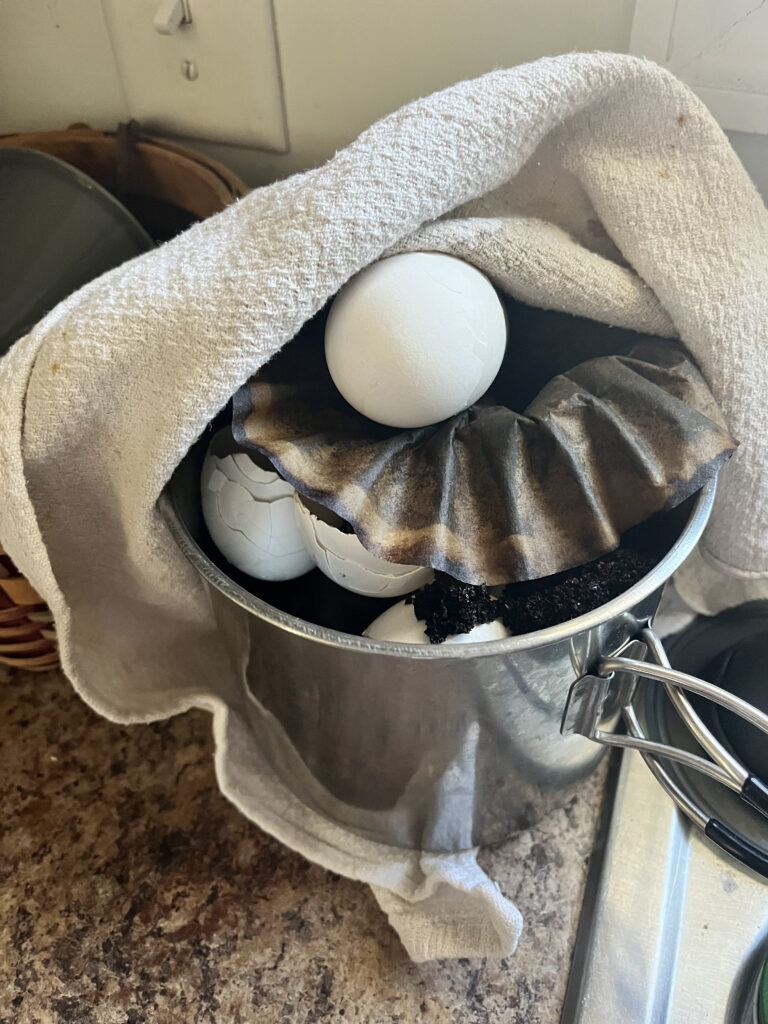
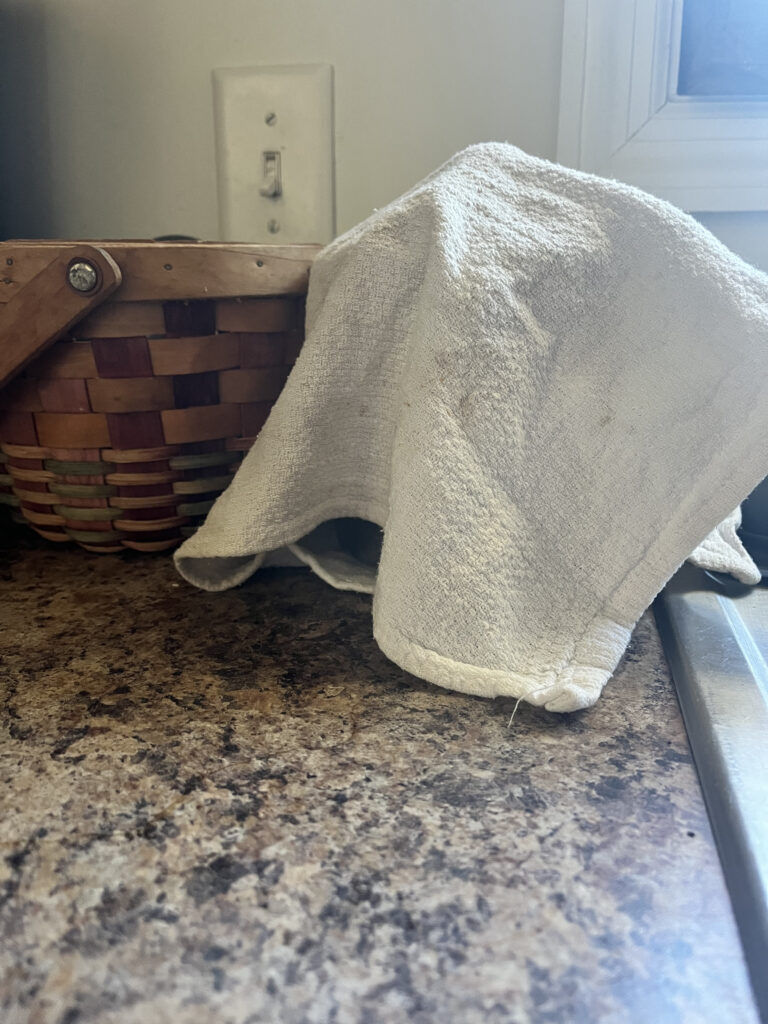
Finally
The point of this post is to get you started composting. This specific subject is so much more complex and fascinating than what I’ve talked about today. This is just the very tip of a huge ice burg of information and far more effective methods that yield better and faster results.
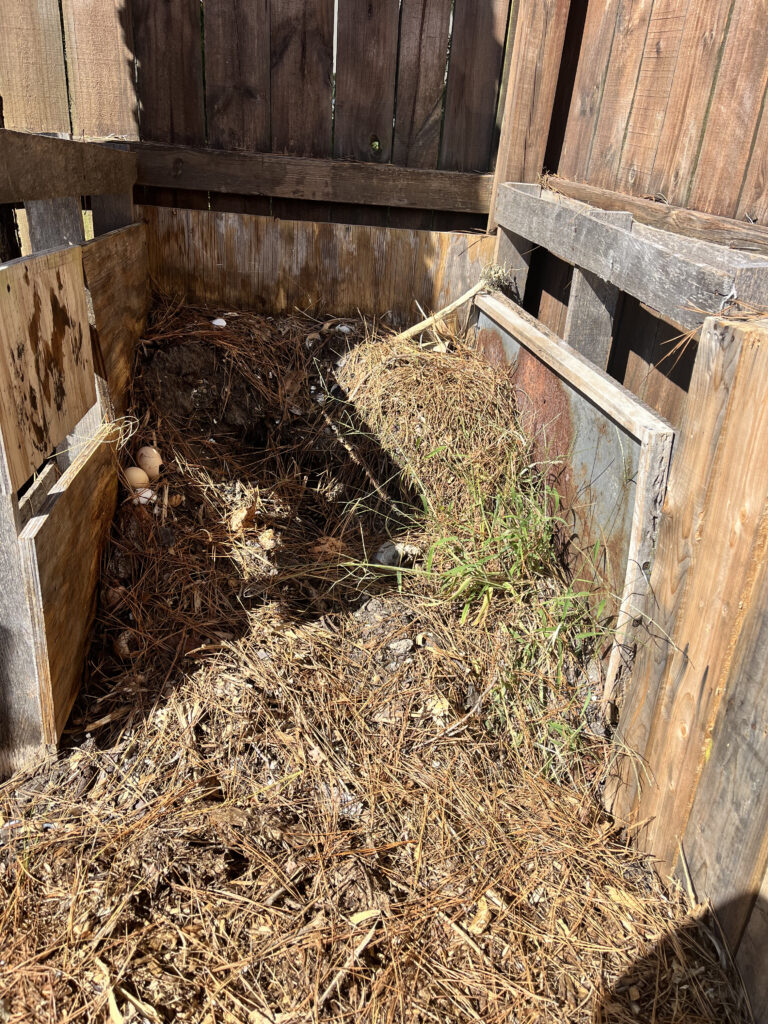
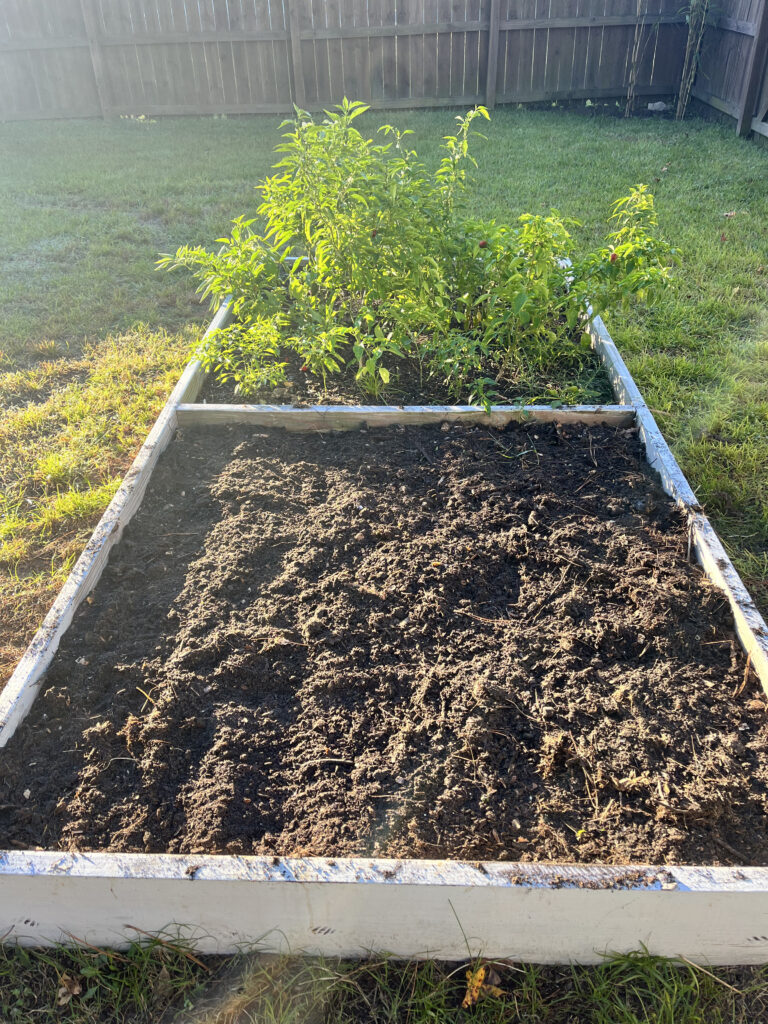
Sometimes, however, when we look at a new project in its entirety, it’s so daunting and overwhelming that we decide to not even start. Composting is too beneficial to not give it a try! You don’t have to make it complicated or fancy. There is plenty of time for that later. I would even argue that once you put that first layer of your own compost down in your own garden, getting into some level expert composting won’t seem so intimidating. For now, just join the lazy composter club and see where it takes you!
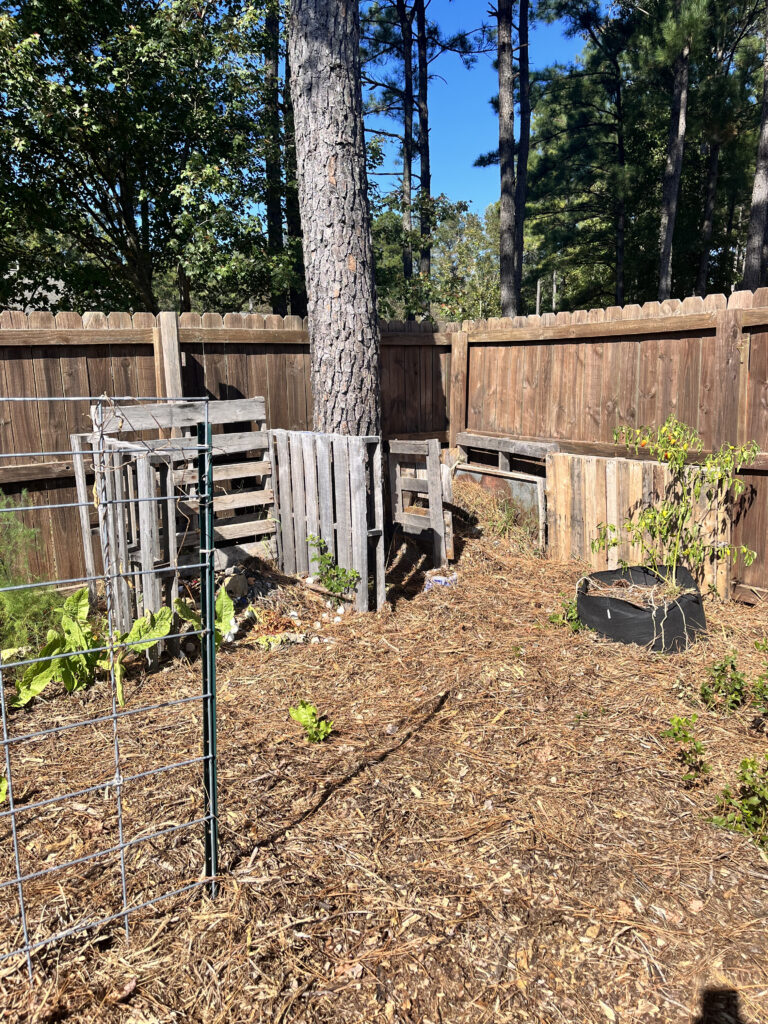
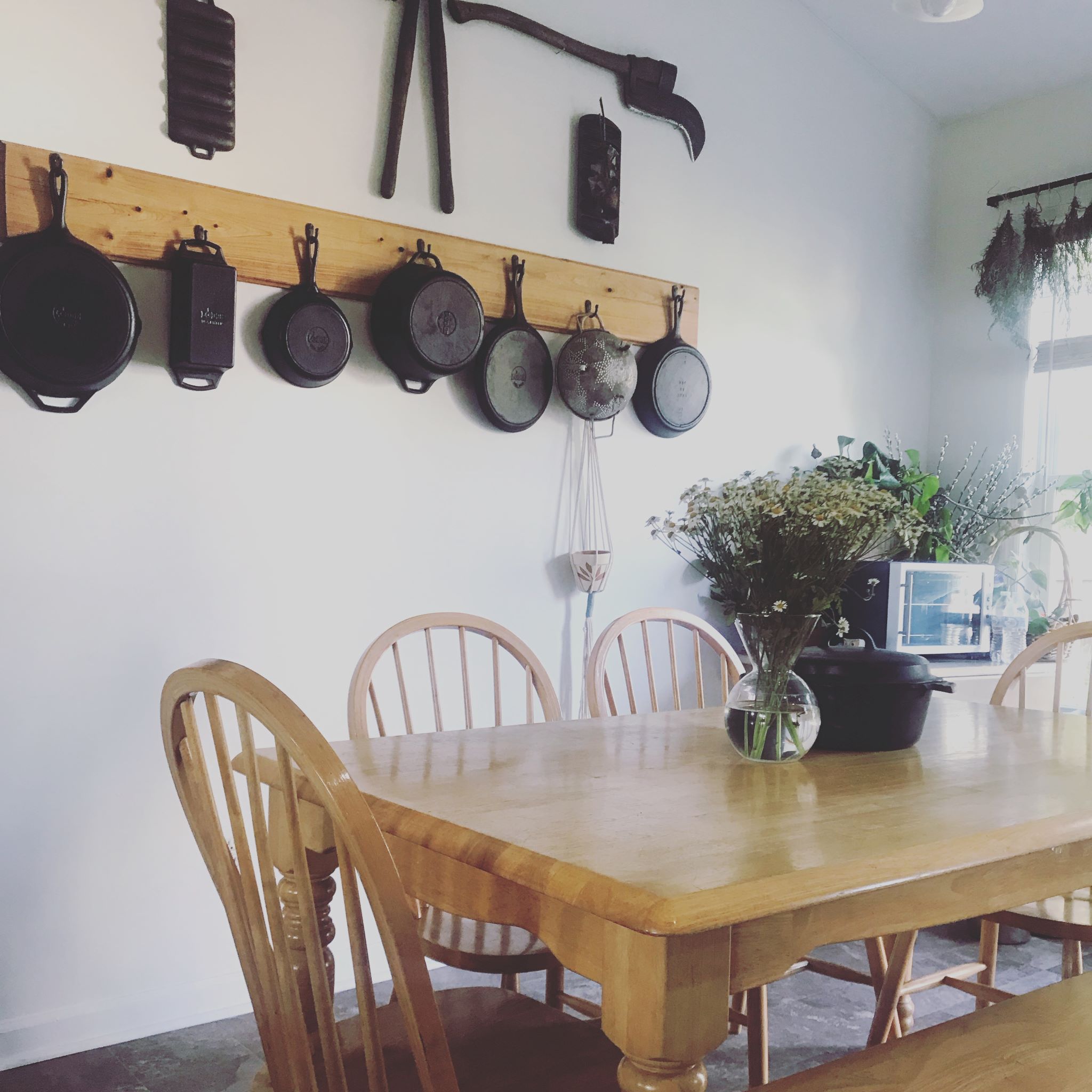
7 responses to “Lazy Composting”
Great blog. You cannot have too much compost. For anyone who likes to cook from scratch like we do has lots of compost material.
I am a lazy composter as well. It gets as much energy as I am willing to spare. 😅
Very helpful. I always feel guilty for not composting, but I didn’t realize exactly how it worked. Maybe will give it a try in the Spring.
This is so helpful and realistic for me! I am just dipping my toes into composting and this is a game changer, thank you!
I loved this post! We started a garden and have been doing this method. Our first pile looks so good, and we started another pile!
Great post! Composting can be very overwhelming and I’m often turned off by the intense composters out there. Your post did a great job breaking it down to the necessities!
Gardening is something I would love to try one day. Until that day, this blog post was perfect for me to understand what composting is and why it’s important. Thank you for writing this!